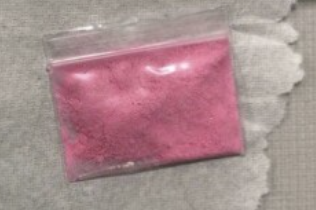Pink Cocaine: Risks and Recent Controversies
Pink cocaine has recently gained notoriety as a party drug. Reports indicate that Liam Payne, a former member of One Direction, had pink cocaine in his system at the time of his death. This incident has sparked discussions about the dangers of this drug cocktail.
What is Pink Cocaine?
Despite its name, pink cocaine typically does not contain cocaine. It is a mixture that often includes a stimulant and a depressant. The pink color comes from food dye, sometimes with a hint of strawberry flavor. Common ingredients include:
- Methamphetamine
- Ketamine
- MDMA (ecstasy)
- Benzodiazepines
- Crack
- Caffeine
Pink cocaine is usually consumed in pill form or snorted as a powder. Injection is rare. It is primarily linked to the clubbing culture.
Other Names
Pink cocaine is known by various street names, including:
- Tusi
- Tuci
- Cocaina Rosada
- Tucibi
- Pink powder
- Eros
- Venus
The name “tusi” is linked to the psychedelic compound 2-CB, created by Alexander Shulgin. However, 2-CB is infrequently found in current samples of pink cocaine.
The recent death of Liam Payne has brought attention to pink cocaine. Sources suggest that this drug was present in his body when he fell from a hotel balcony in Argentina. Media outlets like ABC News and TMZ have reported these findings, raising awareness about the risks associated with this drug.
Effects of Pink Cocaine
Pink cocaine is popular in clubs due to its euphoric and sensory-enhancing effects. However, it poses risks. Users can easily overdose. Long-term use can lead to severe health problems, including:
- Heart attacks
- High blood pressure
- Increased stroke risk
- Behavioral changes
- Addiction
- Anxiety
- Depression
- Psychosis
Origin of Pink Cocaine
Pink cocaine first emerged in Colombia around 2010. It quickly spread through Latin America, especially in Argentina, Venezuela, Uruguay, Chile, and Panama. Its popularity has also reached the United States and Europe, particularly Spain. According to a 2022 UN drug report, pink cocaine has been detected in the UK, Austria, Switzerland, Canada, and parts of Southeast Asia.
Month: Current Affairs - October, 2024
Category: Science & Technology Current Affairs


